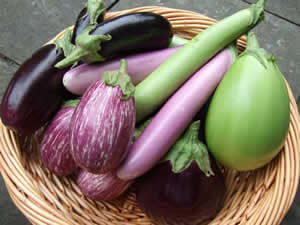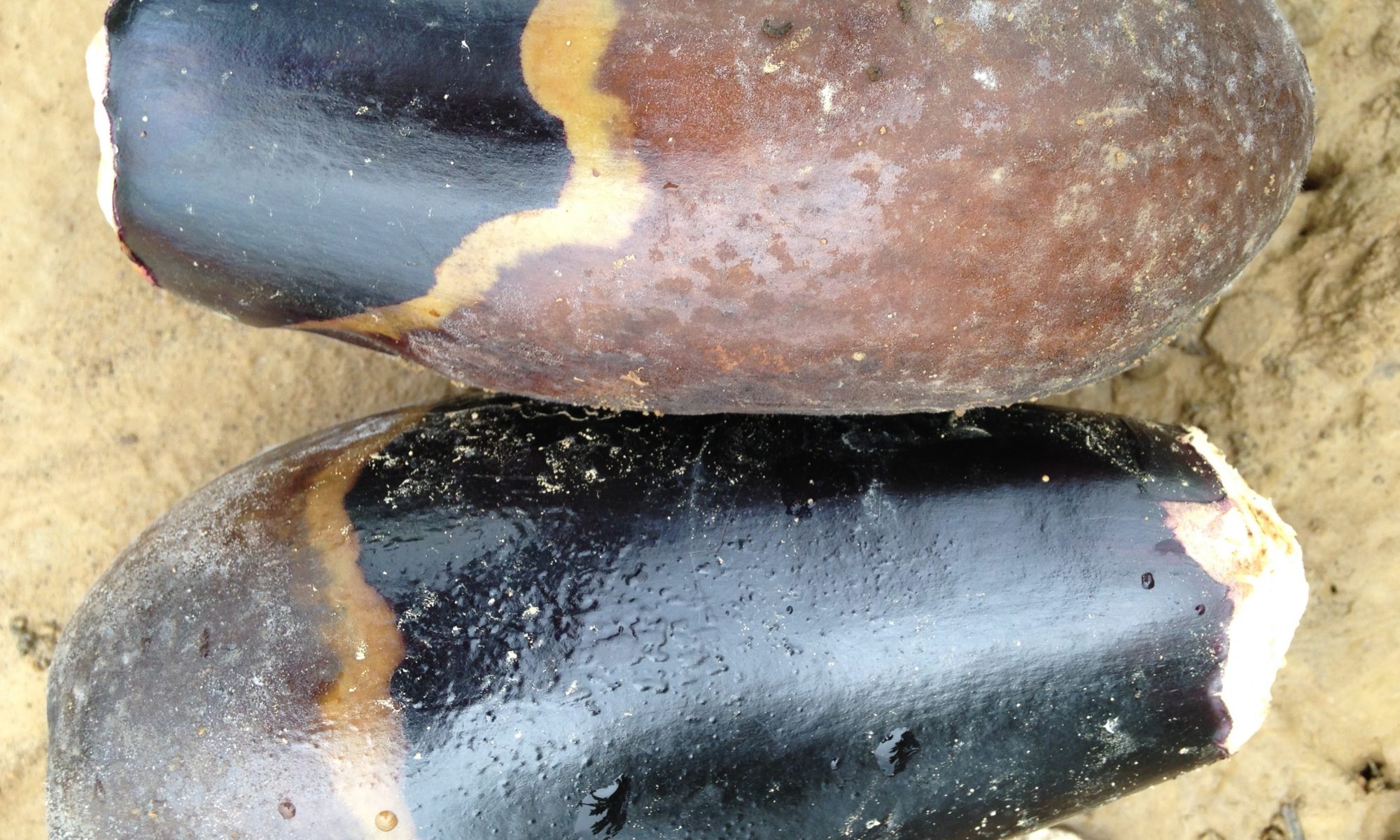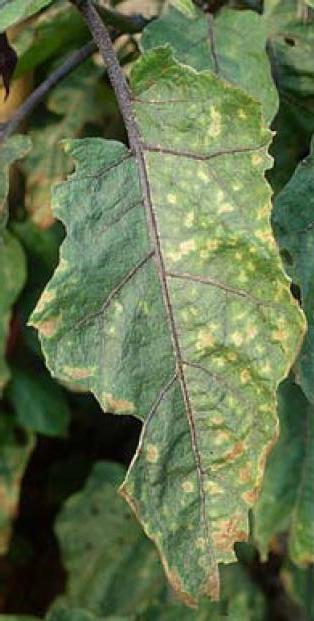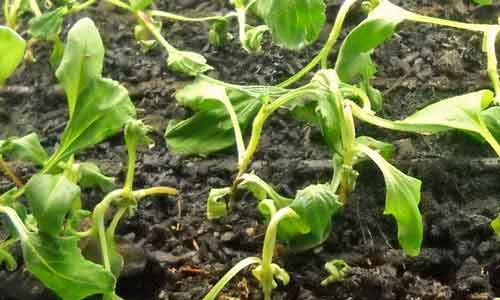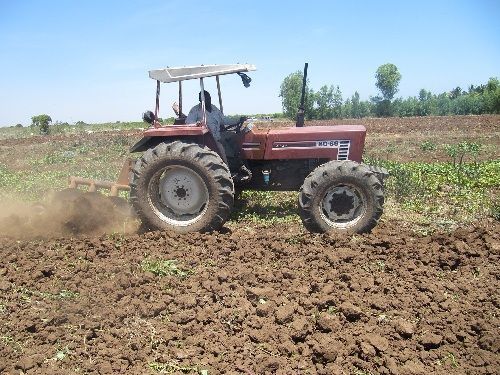- Raised beds are necessary to avoid problem of water logging in heavy soils.
- In sandy soils, however, sowing can be taken up in flat beds.
- Raised beds of size 3 x 1 m and 10-15 cm in height are prepared.
- About 70 cm distance is kept between two beds to carry out operations of watering, weeding, etc.
- The surface of beds should be smooth and well levelled. Well-decomposed FYM or leaf mould may be mixed with the soil at the time of bed preparation.
- To avoid mortality of seedlings due to damping off, drenching of the beds with Mancozeb 75% WP @400-600 gm/acre, is effective.
Like and share with other farmers by clicking on button below
Share

